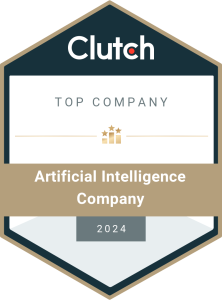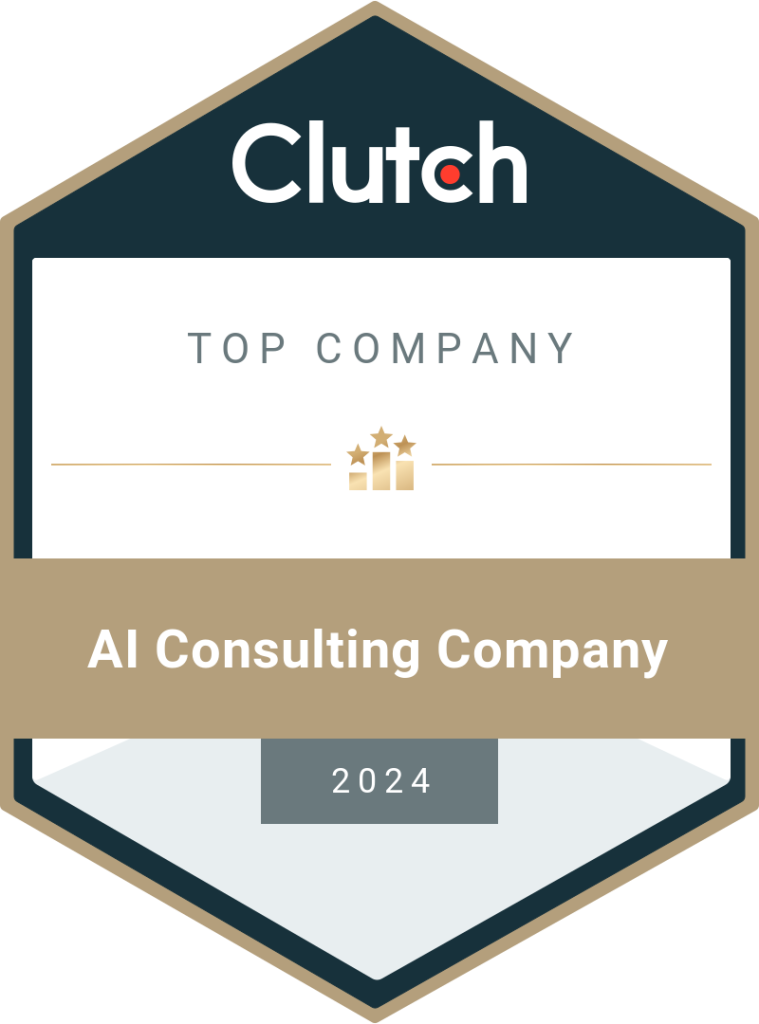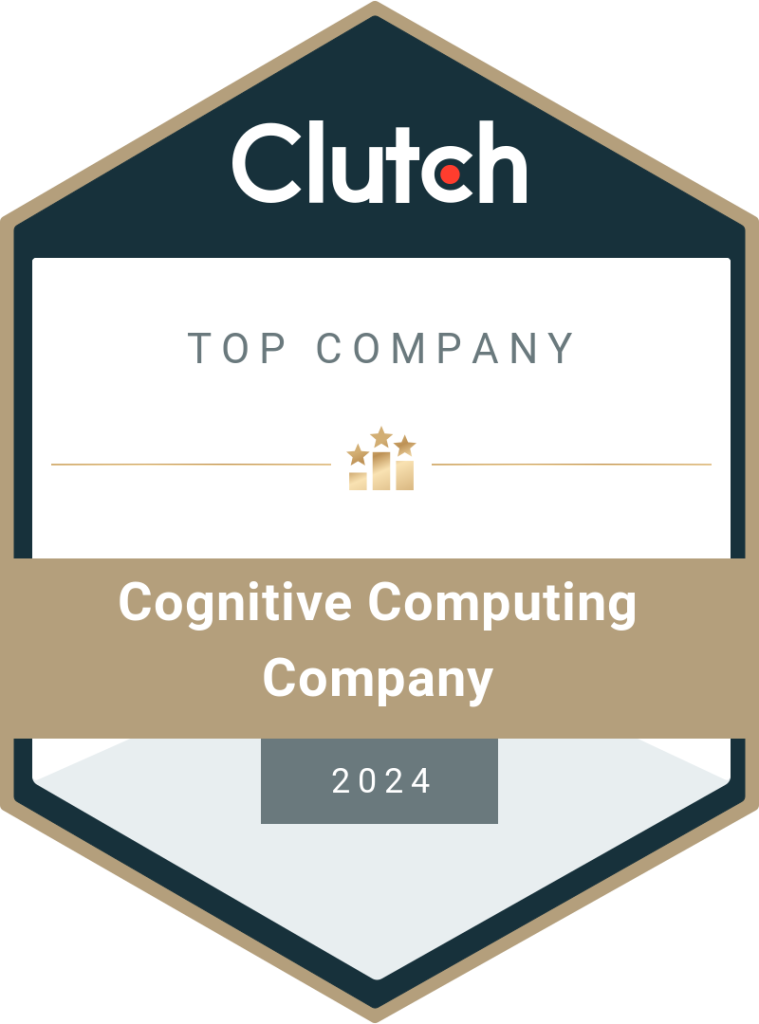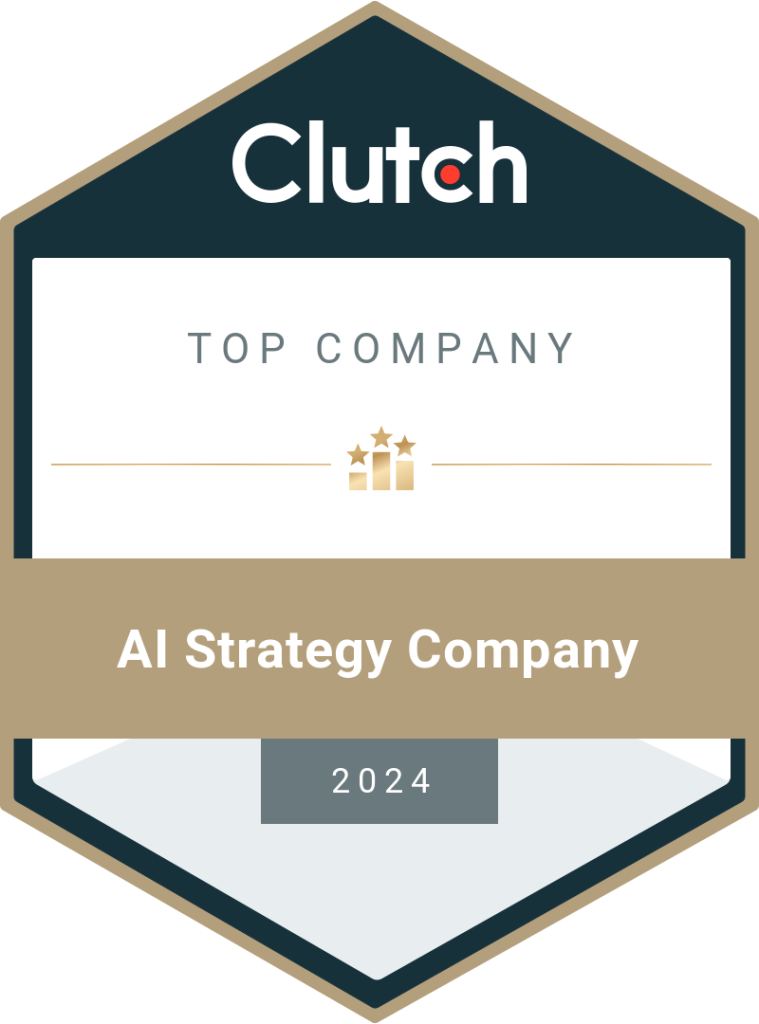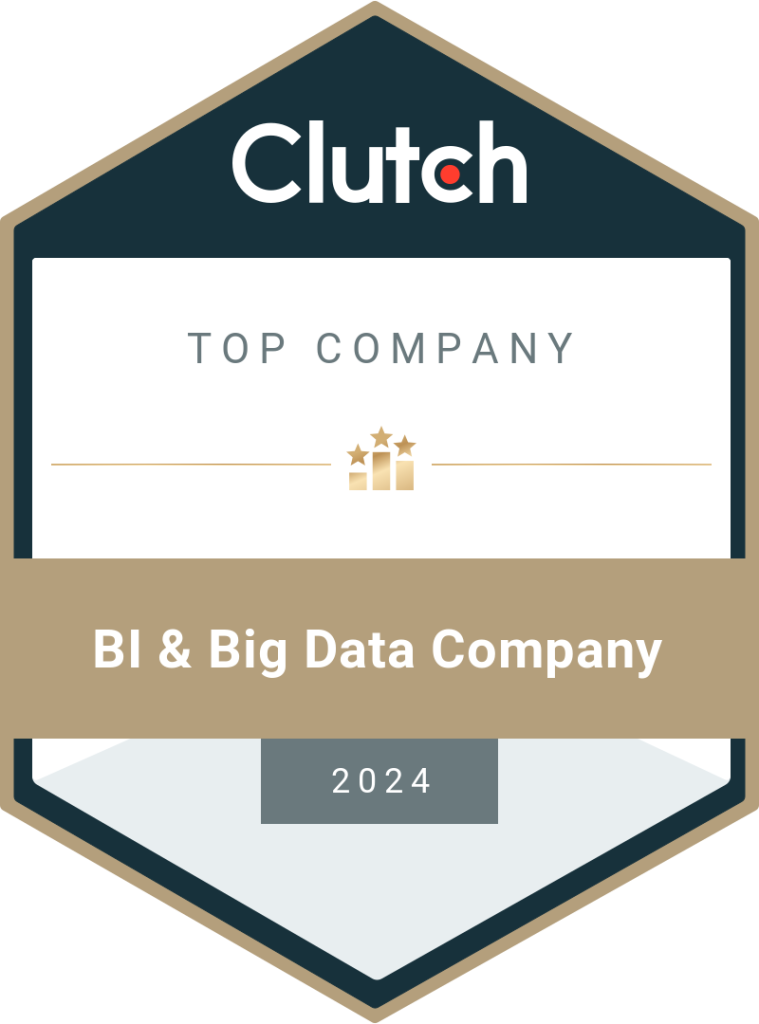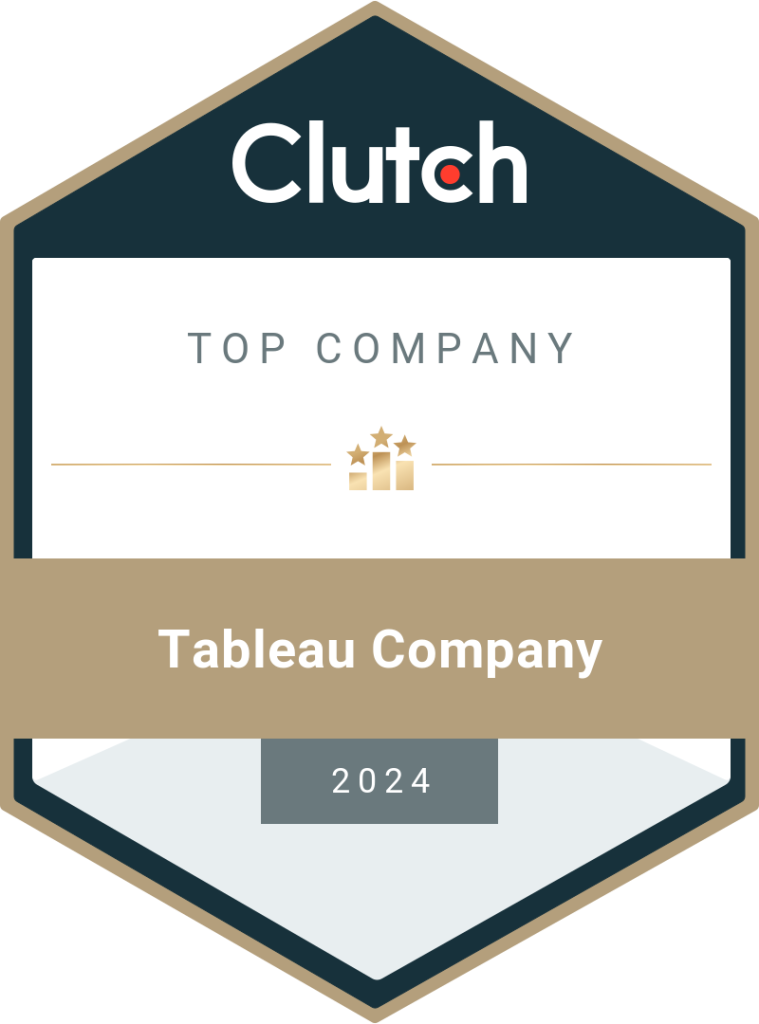Challenges faced by the client:
Integrating AI across 10 departments and 20 sub-departments was challenging. Aligning efforts and meeting unique AI needs across each department was tricky.
Engaging 20-30 managers and team members to understand requirements indicated a large, diverse group of stakeholders. Balancing their needs, priorities, and perspectives required effective collaboration strategies.
Artificial Intelligence adoption for monitoring, and streamlining operational inefficiencies and quality control issues.
Not having a real-time data analytics system made it harder to address rising production issues, thereby hurting their competitiveness and all-around profitability.
Step 2: Feasibility Analysis
Technology Evaluation: We conducted a thorough evaluation of the company’s existing infrastructure, assessing factors such as data availability, IT capabilities, and scalability parameters to determine their readiness for AI integration.
Step 3: Risk Assessment
Technical Risks: We minutely evaluated potential technical challenges, including data quality issues, integration complexities, and limitations of AI algorithms to ensure a smooth workflow.
Step 4: SWOT Analysis
We chalked out SWOT parameters before implementing any major change within their production workflow:
Step 5: Technical Roadmap and Use Case Documentation
Use Case Focus: We picked the AI project(specific department) with the best chance of success and the biggest payoff to meet our business goals.
Resource Needs: We mapped together the stakeholders and equipment (data scientists, engineers, computers) required for a successful integration
Clear Pricing: We created easy-to-understand breakdowns of costs for each phase of AI implementation, so they can plan their budget accordingly before planning for the integration.
Risk Mitigation: Through our thorough risk assessment(both technical and organizational), we helped the client preview potential pitfalls associated with AI integration.
Resource Optimization: By providing detailed documentation and feasibility analysis results, we helped the client allocate resources more efficiently, allowing optimal use of onboarded data scientists, AI engineers, and infrastructure in the project.
Decision Support: Our consulting solutions gave stakeholders the insights to evaluate AI initiatives and make informed investment decisions. This led to more strategic investments and clearer expectations of outcomes.
Cost Visibility:With transparent pricing and budget forecasts beforehand, we helped the client plan and manage AI project costs better. This supported sustainable AI initiatives.
All-in-all, via a thorough consultation with our AI experts, the client ensured they were prepared and informed about their departments, their data maturity level, and operational drawbacks beforehand, leading to successful AI adoption without the additional need for direct implementation services.
Manufacturing & Industrial Engineering
North America
Strategic Advisory
Briefly describe the challenges you’re facing, and we’ll offer relevant insights, resources, or a quote.

Business Development Head
Discussing Tailored Business Solutions
DataToBiz is a Data Science, AI, and BI Consulting Firm that helps Startups, SMBs and Enterprises achieve their future vision of sustainable growth.
DataToBiz is a Data Science, AI, and BI Consulting Firm that helps Startups, SMBs and Enterprises achieve their future vision of sustainable growth.
